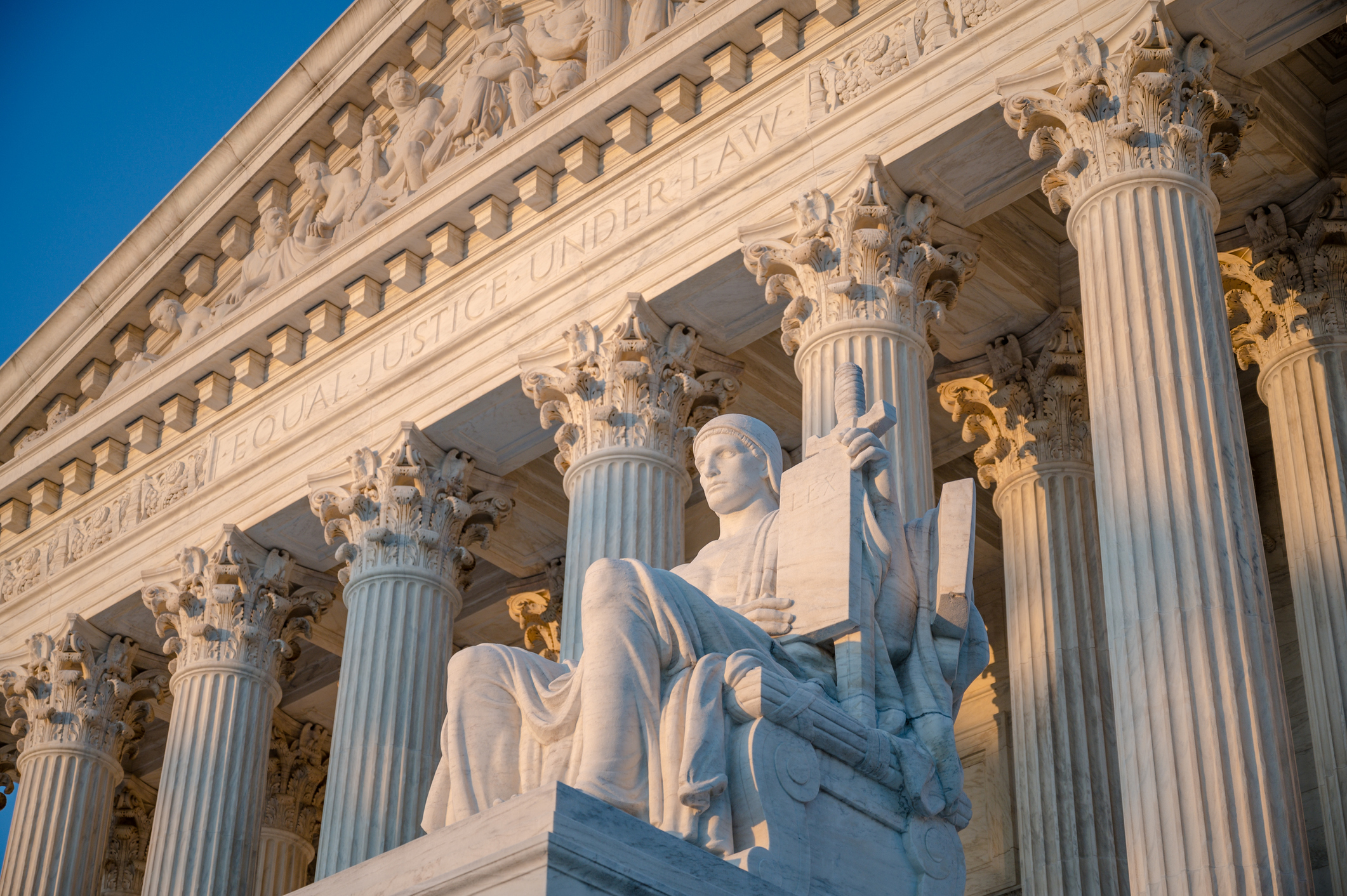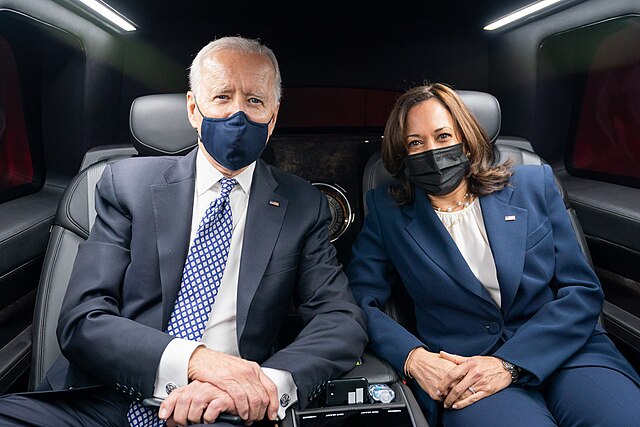Ireland’s leaders are inviting disaster.
Libel and Cancel Culture

The Supreme Court needs to revisit its flawed ruling in New York Times v. Sullivan.
Writing in First Things, Professor Scott Yenor of Boise State University details the recent attempt to “cancel” him. Yenor’s cancellable offense was that he gave a speech at the 2021 National Conservatism Conference in which he argued that restoration of the family requires a return to “sex-role realism,” that is, “an unapologetic celebration of the fact that men and women want and do different things.” As part of his argument, Yenor contended that it is counterproductive for society to expend so much energy trying to recruit women into male-dominated majors and professions. Yenor was subjected to a campaign of condemnation by left-wing activists who sought to get him fired from his university job for expressing these views which, while controversial, are hardly hateful or an inducement to violence. Happily, they failed in the end, though Yenor no doubt feels that the process itself (including a Title XI inquiry that might have led to his dismissal) was itself a considerable punishment for his heterodoxy.
Yenor’s account reminds us that “cancel culture” depends on a larger corruption of culture in our institutions and in our country. Most obviously, cancel culture can only get a foothold in higher education if universities step away from such principles as academic freedom and freedom of speech. The academy is meant to stand for rational inquiry. Such inquiry is impossible if expressions of unpopular opinions are turned into occasions of virulent denunciation aimed at destroying reputations and ending careers.
Cancel culture also depends on the corruption of democratic culture. Real democracy requires that citizens be unafraid to express their opinions, even when those opinions are unpopular. Citizens must have a chance to state their opinions and to persuade each other through reasoned argument. This cannot happen where there is a race to see who can most ruthlessly demonize those who depart from the apparent consensus, especially if that consensus is simply enforced by the loudest, most self-righteous, and most punitive faction.
In sum, cancel culture is the result of a spirit of intolerance that is compatible with neither higher education nor democracy.
But cancel culture also thrives on the corruption of our legal culture. Efforts at cancellation proceed not only by shaming people for what they said, but also by shaming and defaming them for what they didn’t say. After Yenor said that universities should not make herculean efforts to recruit women into certain majors, some of his critics insisted that he had said that women should be excluded from certain majors and professions. The media interviewed some students who claimed that Yenor treated women differently from men in the classroom and that he made demeaning remarks directed at women. A colleague claimed that Yenor thought women should not work outside the home.
All of these claims were false, as Yenor was able to demonstrate. They were also libelous or defamatory. That is, they were damaging to a right that the law is supposed to protect—the right to one’s reputation. Under traditional American libel standards, you can be sued for spreading defamatory falsehoods about a person’s ability to do his job properly, which is precisely what happened to Scott Yenor.
But if Yenor were to seek redress in the courts, he would run into a big problem—a problem caused by the Supreme Court of the United States. Even though he was libeled, Yenor would probably not be able to prevail in a libel suit. After all, he went to a political conference and made a speech. He thereby made himself a “public figure.” And the Supreme Court has held in New York Times v. Sullivan (1964) and successor cases that to prevail in a libel suit, a public figure must meet a burden not shared by ordinary litigants. For a public figure, it is not enough to show that the claims made were both false and defamatory. You also have to show that they were made with “actual malice”—that is, that the persons who made them knew them to be false, or at least made them with reckless indifference to whether they were true or false.
In practice, it has proven almost impossible to meet this standard, which is why so few public figures ever succeed in getting damages out of those who defame them. In the present case, Yenor might be able to prevail against the small fry who initiated the false claims about him, since some of them surely knew what they were saying was false. But he would probably never be able to prove “actual malice” on the part of the media and social media mob that amplified the false charges, seeking to enrage the public and get him fired.
As I have argued elsewhere, the Supreme Court should revisit New York Times v. Sullivan and junk the “actual malice” standard, because it is not in the original meaning of the First Amendment. The Founders—and, for that matter, a century and a half of American legal tradition—said nothing about separate libel standards for “public figures.” They rather held that libel was a noxious abuse of the freedom of speech and of the press and was therefore outside the scope of those venerable principles.
The attempted cancellation of Scott Yenor, however, reveals a more practical problem with the “actual malice” standard. The Supreme Court adopted it on the theory that it was required to preserve the kind of vigorous public debate that is necessary to a healthy democracy. That is, the justices feared that in the absence of this standard, public figures might bring abusive libel suits to intimidate the press and stifle debate about crucial public questions. Today, however, Yenor’s experience (and others like it) show that the actual malice standard itself often serves to inhibit robust public debate. As Yenor observes, “Thousands notice when certain topics and opinions become taboo”—and they censor themselves accordingly. The actual malice standard gives the press practical immunity against libel actions brought by public figures. It therefore gives certain people—often very powerful people, people in the corporate media—a license to spread defamatory falsehoods about people precisely in order to shame them and shut them up.
This is not what the Supreme Court intended when it issued its opinion in New York Times v. Sullivan. But it is the consequence of that ruling today. The Court can help to correct this problem and restore healthy democratic discourse by revisiting New York Times v. Sullivan in the first suitable case.
The American Mind presents a range of perspectives. Views are writers’ own and do not necessarily represent those of The Claremont Institute.
The American Mind is a publication of the Claremont Institute, a non-profit 501(c)(3) organization, dedicated to restoring the principles of the American Founding to their rightful, preeminent authority in our national life. Interested in supporting our work? Gifts to the Claremont Institute are tax-deductible.
Constitutional government demands a free but responsible media.
Freedom of association is as essential to the university’s mission as freedom of speech.
Collusion between Big Tech and Western governments is a growing threat.
Is Microsoft willing to police violent political speech against the Right?
Campus chaos is no excuse to increase government control of speech.






